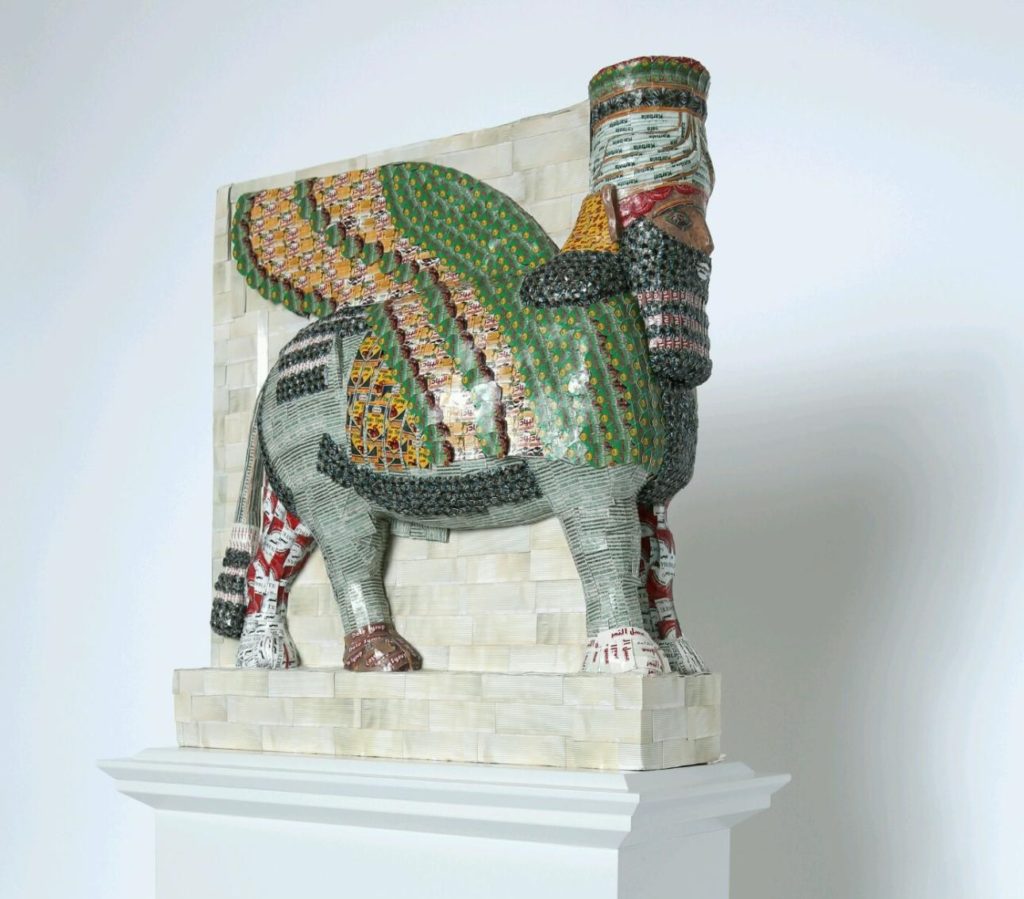Part of an ongoing discussion as to what should replace the Robert E. Lee statue at the Oak Lawn park where it once stood, this column follows an inquiry into counter-monuments and their possibilities and a piece on the need for art-minded historical soul searching.
The statue of Robert E. Lee is gone and it’s not coming back. Recently, a week after the city council voted to have it removed, the City of Dallas took down the bronze equestrian statue of the Confederate general, and his accompanying rider from Lee Park in Oak Lawn. This was the first such removal in Dallas but likely not the last. President Franklin D. Roosevelt attended the unveiling in 1936 and praised Lee as “one of our greatest American Christians and one of our greatest American gentlemen.” Times have changed. In cities across the country, monuments to the soldiers of the Confederacy have become lightning rods of controversy due to their connotations of slavery and Jim Crow. The question that Dallas now is what to do with the site.
Renaming the park will be the first order of business. Tomorrow the Dallas park board votes on the name change, which will likely leave the space christened Oak Lawn Park. What to do with the plinth where the statue of Lee once prominently stood should be second. Over the weekend, a group of protesters gathered in the park as a show of support for the absent statue. Some left flowers a top the plinth, lamenting the loss of their beloved Lee. It was a scene dotted with Confederate battle flags and semiautomatic rifles. Yet the park doesn’t have to be a rallying point, commandeered by Confederate sympathizers going forward. Rather, it can become a point of pride and focus for the arts in Dallas. All the city has to do is look to London for inspiration.
For over 150 years, a plinth meant to hold an equestrian statue of King William IV sat empty in London’s Trafalgar Square. In 1998, that changed. Instead of installing the long-awaited statue of William IV, the Royal Society of Arts came up with another plan, giving birth to the Fourth Plinth Project. It commissioned three contemporary sculptures for display on the plinth creating a rotating exhibition space. From 1999 to 2001, the plinth exhibited yearlong exhibitions with works by Mark Wallinger, Bill Woodrow, and Rachel Whiteread. After Whiteread’s work, Monument, ended its run in 2001, the plinth sat empty for several years until 2005. After a public survey found overwhelming support to continue the program, the Fourth Plinth Commission was formed. It supervised the commission of eight artworks for the space with two more as yet unrealized, scheduled for 2018 and 2020.
The Fourth Plinth Programme is something the city should emulate in Oak Lawn Park, as it would create a new cultural destination for the city. It’s not as if this idea is unusual for Dallas either. The city already maintains some 300 plus public works through the Office of Cultural Affairs. Local institutions are also well versed in public art displays. The Nasher Sculpture Center, for example, hosted a citywide exhibition titled Nasher XChange featuring 10 public works for its 10-year anniversary. An undertaking of such an endeavor is completely achievable in Dallas.
In London, the Commission is comprised of advisors appointed by the mayor with funding for the Fourth Plinth Programme coming from the Mayor of London and Arts Council England. A similar organization can work here. However, the exact makeup of such a commission in Dallas should be worked out locally with input from citizens, artists, the city, Dallas’ cultural institutions, and private interests. Funding should also be handled the same way.
This commission will have the sole authority to decide what goes into the space. Dealing with such a sensitive site, however, the commission should not shy away from art that is politically charged. The Fourth Plinth has displayed works dealing with the concepts of beauty, femininity, power, and wealth. Michael Rakowitz’s The Invisible Enemy Should Not Exist, scheduled to go on display in 2018, deals with the destruction of Iraq’s economy and cultural artifacts under U.S. and ISIS occupation. Not all work chosen needs to carry a blatant political message, especially in relation to what once stood in Oak Lawn Park. However, the most successful work is always the most thought-provoking.
Removing Confederate imagery won’t reverse the institutional racism interwoven into the fabric of our society. Nevertheless, as Confederate imagery falls by the wayside, Dallas needs to be proactive in its efforts to bring the city together. A sculptural exhibition similar to the Fourth Plinth Programme will prove to be a dynamic celebration of the city’s investment in the arts. It will also serve as a message that Dallas is firmly planted in the 21st century and not wed to the ideals of its troubled past. Beyond anything, it’s also something that residents, no matter their background, can take pride in.





